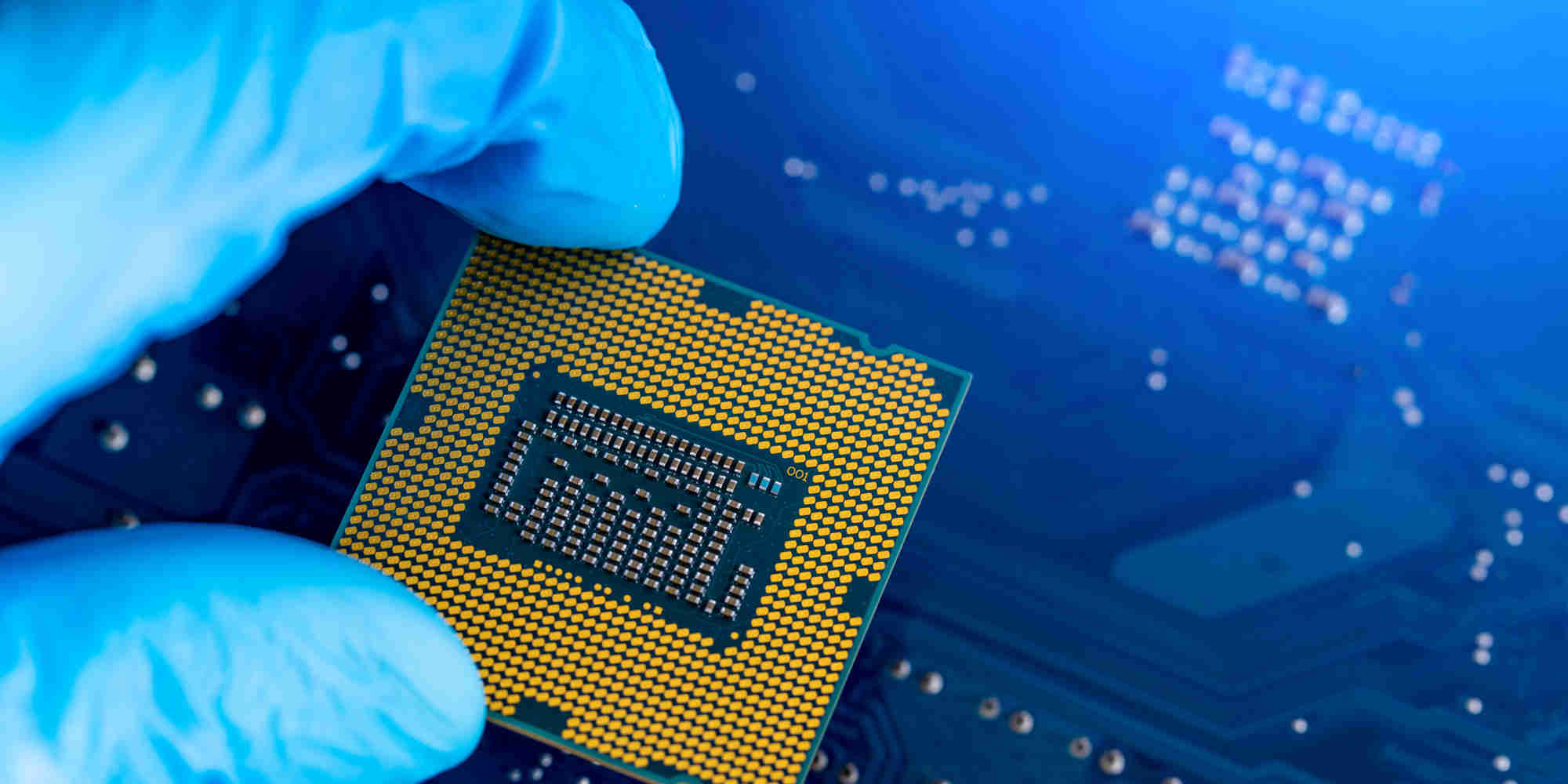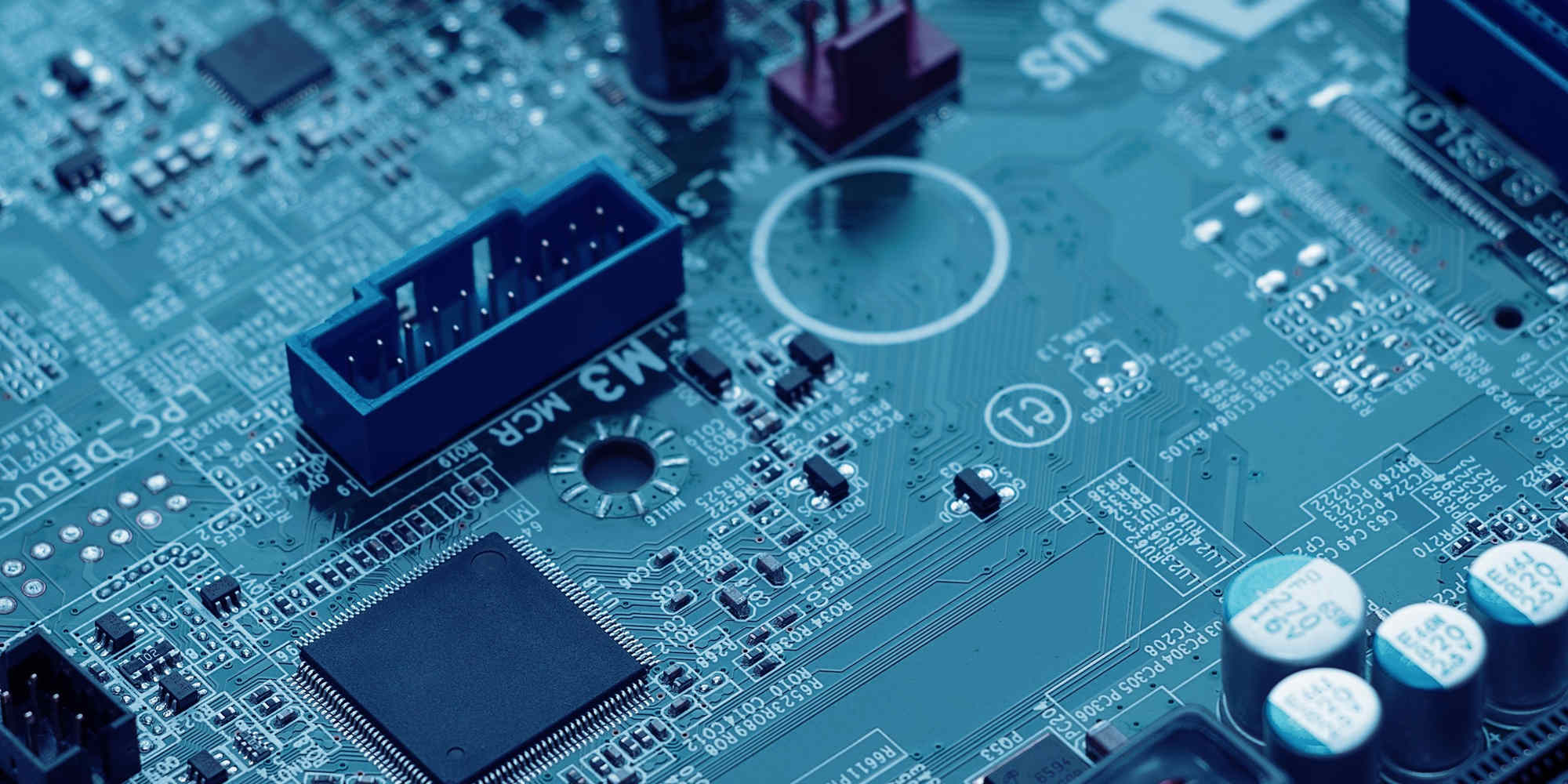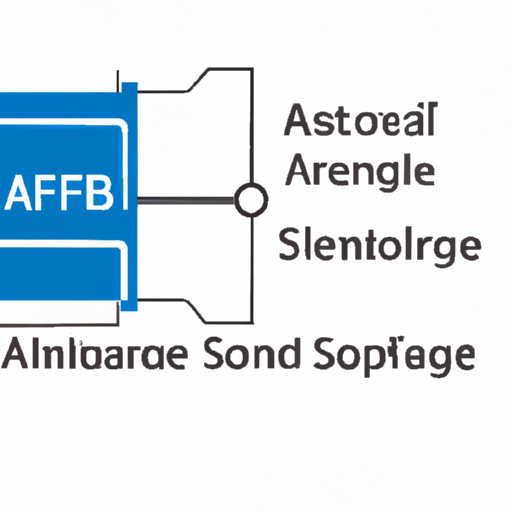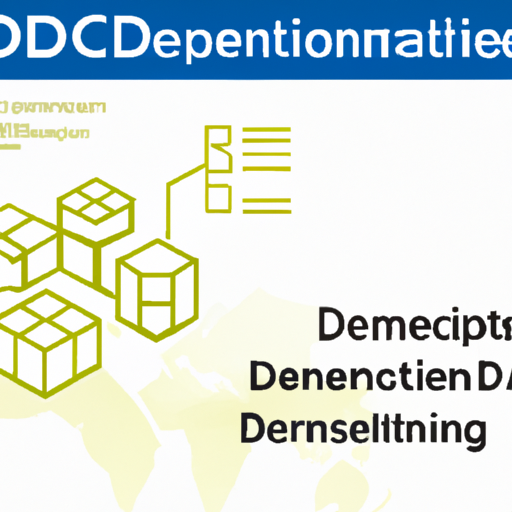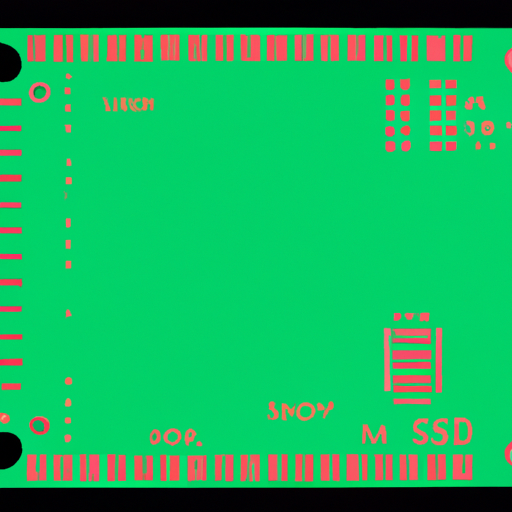CORE_COMPETENCE
Product_Leaders
index_more
index_more_content
info_item01
info_item_content01
info_item02
info_item_content02
info_item03
info_item_content03
info_item04
info_item_content04
NEWS
NEWS
S6008L Analog Front End (AFE) highlighting the core functional technology articles and application development cases of Analog Front End (AFE) that are effective.
S6008L Analog Front End (AFE): Core Functional Technologies and Application Development CasesThe S6008L Analog Front End (AFE) is a specialized integrated circuit designed for precise analog signal processing across various applications. Below, we delve into its core functional technologies and highlight several application development cases that showcase its effectiveness.
Core Functional Technologies1. Signal Conditioning2. Low Noise Performance3. Integrated ADC Interface4. Programmable Gain Amplifier (PGA)5. Multi-Channel Support6. Temperature Compensation1. Medical Devices2. Industrial Automation3. Consumer Electronics4. IoT Applications5. Automotive Sensors6. Robotics Application Development Cases ConclusionThe S6008L Analog Front End (AFE) is a versatile component that plays a critical role in applications requiring precise analog signal processing. Its core technologies, including low noise performance, programmable gain amplification, and multi-channel support, make it suitable for a wide range of industries, including medical, industrial, consumer electronics, IoT, automotive, and robotics. By leveraging the capabilities of the S6008L, developers can create innovative solutions that enhance performance and reliability in their respective fields, driving advancements in technology and improving user experiences.
2025-10-18
application development in Direct Digital Synthesis (DDS) for CFR-12JB-52-110R: key technologies and success stories
Application Development in Direct Digital Synthesis (DDS) for CFR-12JB-52-110R: Key Technologies and Success StoriesDirect Digital Synthesis (DDS) is a powerful technique for generating waveforms with high precision and flexibility, making it essential in various applications, including telecommunications, signal processing, and instrumentation. The CFR-12JB-52-110R, a specific resistor, may be utilized in DDS systems to enhance performance and reliability. Below, we delve into the key technologies associated with DDS and highlight notable success stories that illustrate its impact across different sectors.
Key Technologies in Direct Digital Synthesis (DDS)1. Phase Accumulator: The phase accumulator is the heart of DDS, continuously adding a frequency control word (FCW) to a phase register. This mechanism allows for precise frequency control, enabling the generation of stable and accurate waveforms. 2. Digital-to-Analog Converter (DAC): The output from the phase accumulator is converted into an analog signal by a DAC. The performance of the DAC is crucial, as it directly influences the quality and fidelity of the output waveform.
3. Low Pass Filter (LPF): An LPF is typically employed after the DAC to eliminate high-frequency noise and smooth the output waveform, ensuring that the desired signal is clean and usable.
4. Frequency Tuning Word (FTW): The FTW is a digital representation of the desired output frequency. By modifying the FTW, users can dynamically adjust the output frequency, making DDS systems highly versatile.
5. Interpolation Techniques: To enhance the output waveform quality, interpolation techniques can be applied, improving the resolution of the DAC output and reducing quantization errors.
6. FPGA and DSP Integration: FPGAs and DSPs are often integrated into DDS systems, providing high-speed processing capabilities and flexibility for complex waveform generation and modulation schemes.
7. Software Control: Modern DDS systems frequently include software interfaces that facilitate easy control over frequency and phase, allowing for sophisticated waveform generation and modulation.
Success Stories in DDS Applications1. Telecommunications: DDS technology is extensively used in telecommunications for generating precise carrier frequencies. For example, base stations in mobile networks utilize DDS to maintain accurate frequency generation, which is vital for signal integrity and minimizing interference.
2. Signal Generators: Leading companies like Keysight Technologies have developed advanced signal generators that leverage DDS technology. These devices can produce a wide range of frequencies with high accuracy and stability, making them invaluable for testing and measurement applications.
3. Software-Defined Radio (SDR): DDS is a cornerstone technology in SDR systems, enabling flexible and programmable frequency generation. This capability has led to the development of versatile communication devices that can operate across multiple frequency bands and protocols, enhancing communication efficiency.
4. Medical Imaging: In medical imaging technologies such as MRI, DDS is employed to generate the RF pulses necessary for imaging. The precision and adaptability of DDS contribute to improved image quality and faster scanning times, significantly enhancing diagnostic capabilities.
5. Aerospace and Defense: DDS is critical in radar systems and electronic warfare applications, where precise frequency control is essential for target detection and tracking. The rapid frequency-switching capabilities of DDS make it ideal for high-stakes environments, ensuring operational effectiveness.
6. Consumer Electronics: DDS technology is also prevalent in consumer electronics, such as synthesizers and audio equipment. It is used to generate musical tones and effects with high fidelity, enriching the user experience in audio applications.
ConclusionDirect Digital Synthesis (DDS) is a transformative technology that has found applications across diverse industries, from telecommunications to medical imaging. The integration of advanced components like DACs, FPGAs, and software control has enabled the development of sophisticated systems capable of generating high-quality waveforms with exceptional precision. While the CFR-12JB-52-110R is a passive component, it plays a vital role in ensuring the reliability and performance of DDS systems. As technology continues to advance, the applications and capabilities of DDS are expected to expand, paving the way for new innovations and success stories in various fields.
2025-10-14




